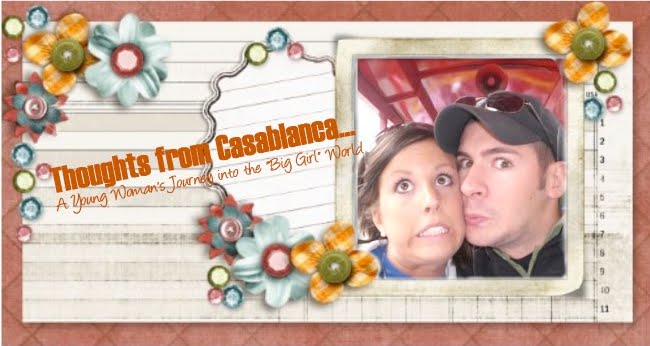According to the article, "The Digital Divide: Where We Are," the digital divide is defined as the gap between the communities or individuals that have, and do not have, access to information technologies. Even though technology seems to integrate itself in our daily lives more than ever, the simple fact remains that not everyone has equal access to the digital information highway and as a result, are left behind in analogue abyss. The United States boasts one of the most technology prolific populations in the world but yet has millions of people lacking
internet access at home. In a society that assumes
internet availability to all (particularly in modern schools), many people simply can not afford the monthly connection bill. In a livelihood so dependent on immediate access to infinite bytes of information, those that do not have access to the
internet are at a distinct disadvantage in staying current and marketable in our job market. This particular article highlighted race and
socio-economic reasons for the digital divide in the United States.
As a teacher, we must be sensitive to the digital divide when assigning homework, class projects, and communicating with the student and family. In order to comprehend better how people of different ages, races, genders, and countries of origin access technology, we were assigned to interview a student. For those of you that don't know, I am not currently teaching. So finding a student to interview (that's not my husband or friends) was perplexing. That's when I decided to implement the power of Twitter and my personal learning network (
PLN) to complete the assignment. Using Google Docs, I created a
fillable form to distribute via direct messages and general posts to various teachers on Twitter. I was amazed to see quick reactions of support and enthusiasm from teachers all over the world! Although only four people responded in the short time-frame, I gleaned information from: a 16-year-old, African-American female from Ohio; a mid-50's, African-American female from Kansas City, MO; a 52-year-old Hispanic male from Mexico; and a 23-year-old,
Caucasian female from Finland. Responses describing the types of technology
revealed heavy professional uses of computers and different programs for the older participants whereas the younger students demonstrated their preference for mobile technology such as cell phones, GPS, and laptops for continuous social communication. Usage preferences were also demonstrated when
participants described their favorite technologies. The older participants, and fellow math-nerds, described their love for mathematical programs such as
Mathematica and
Fraqtive for pattern observation and fractal creation whereas the younger participants again listed mobile technology. The American teenager's response depicted the stereotypical tech-
addicted teen by using the
internet to socialize, entertain and learn whereas the Finnish young-adult described her desire to resist digital addiction by checking
Facebook only once a week and leaving her cell phone at home most days.
Overall, the survey was completely biased as I interviewed students by using technology, but I found the responses very
interesting. As I am maturing, I find my personal use of technology morphing from purely social (AIM and
Xanga, anyone?) to endless professional development and intense learning. If I had a chance to redo the assignment, I would have asked more thought provoking questions and perhaps used
Skype to interview them "personally."




















